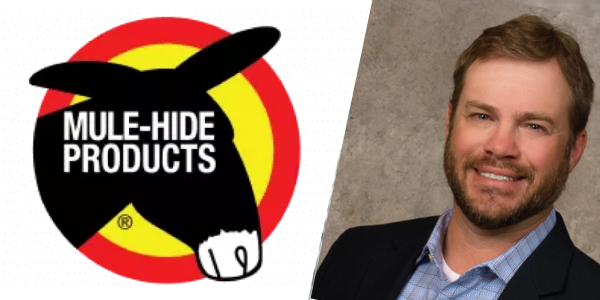Roof system design and installation tips

By Mule-Hide Products.
Nick Musel answers common queries he receives about industry trends and installation.
In our ongoing “Get the Scoop” series, we bring experts from different areas of our company to share their insights. In one interview we spoke to Nick Musel. Nick started in the roofing and waterproofing industry over 20 years ago. He has worked in many aspects of the industry, including installation, inspection, consulting and administrative review for commercial and residential projects.
Originally, Nick joined Mule-Hide Products as a field technical representative. In that role he was working on the roof alongside contractors to complete warranty inspections. Now, Nick is one of Mule-Hide's technical service administrators. In this role, he fields calls from contractors, installers, homeowners, building owners and architects. They are looking for information about properly installing a low-slope roof and other roof system design topics.
Q: What is the most common question you are asked by contractors, specifiers, building owners and homeowners?
A: The most common questions I get are about fastening patterns for insulation. It is such an important topic, and it’s important to ask any questions before attaching the membrane. Proper insulation attachment is critical to the performance of a roofing system. If the insulation is fastened incorrectly and the membrane is then laid down on top, we will have to look at various repair options. Depending on the membrane type, the repair could be simple or difficult. TPO is a more forgiving material whereas mod bit is the most difficult to repair.
Q: How can an installer or contractor get someone to look at details of an installation before it’s started to avoid a potential repair or warranty delay?
A: Preregister the project. Often, the time from getting a bid to installing the roof is so quick that the job isn’t registered with us until after it’s done, and the customer is looking for a warranty. We recommend preregistering projects so we can look over the details and identify and fix any potential issues before the work is done. It isn’t required, but we recommend it.
Q: What is the most popular product or system in the market right now?
A: Silicone coatings. And a lot of the calls we get are from homeowners looking to use silicone on their low-slope roofs because it has a long lifespan, is easy to apply and is repair-friendly. In most cases silicone coatings can be applied to almost all existing roof types. Roofs that have previously had aluminum coatings applied to them require additional prep work prior to applying silicone coatings. The other predominant question is how much silicone to apply and what warranty terms can be achieved.
Q: How important is it for installers to be aware of and comply with wind and fire codes, and what role do you play in helping them meet these requirements?
A: They typically come into play on larger projects – mostly government and military buildings – or on buildings that are adjacent to large bodies of water. On those projects, our technical services team helps find pre-tested roof assemblies that meet the design pressures or fire ratings requested by the architect or other specifier.
Original article source: Mule-Hide Products
Learn more about Mule-Hide Products in their Coffee Shop Directory or visit www.mulehide.com.























Comments
Leave a Reply
Have an account? Login to leave a comment!
Sign In